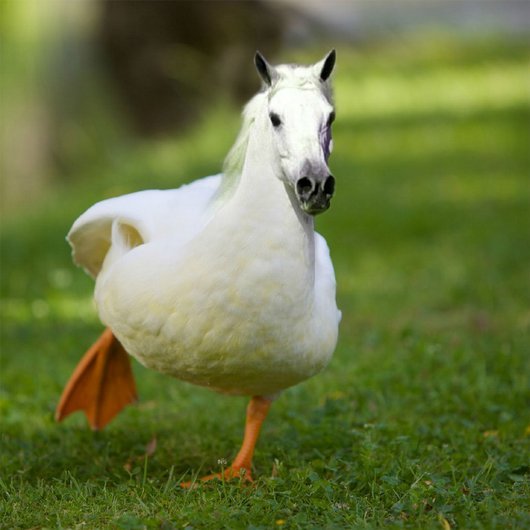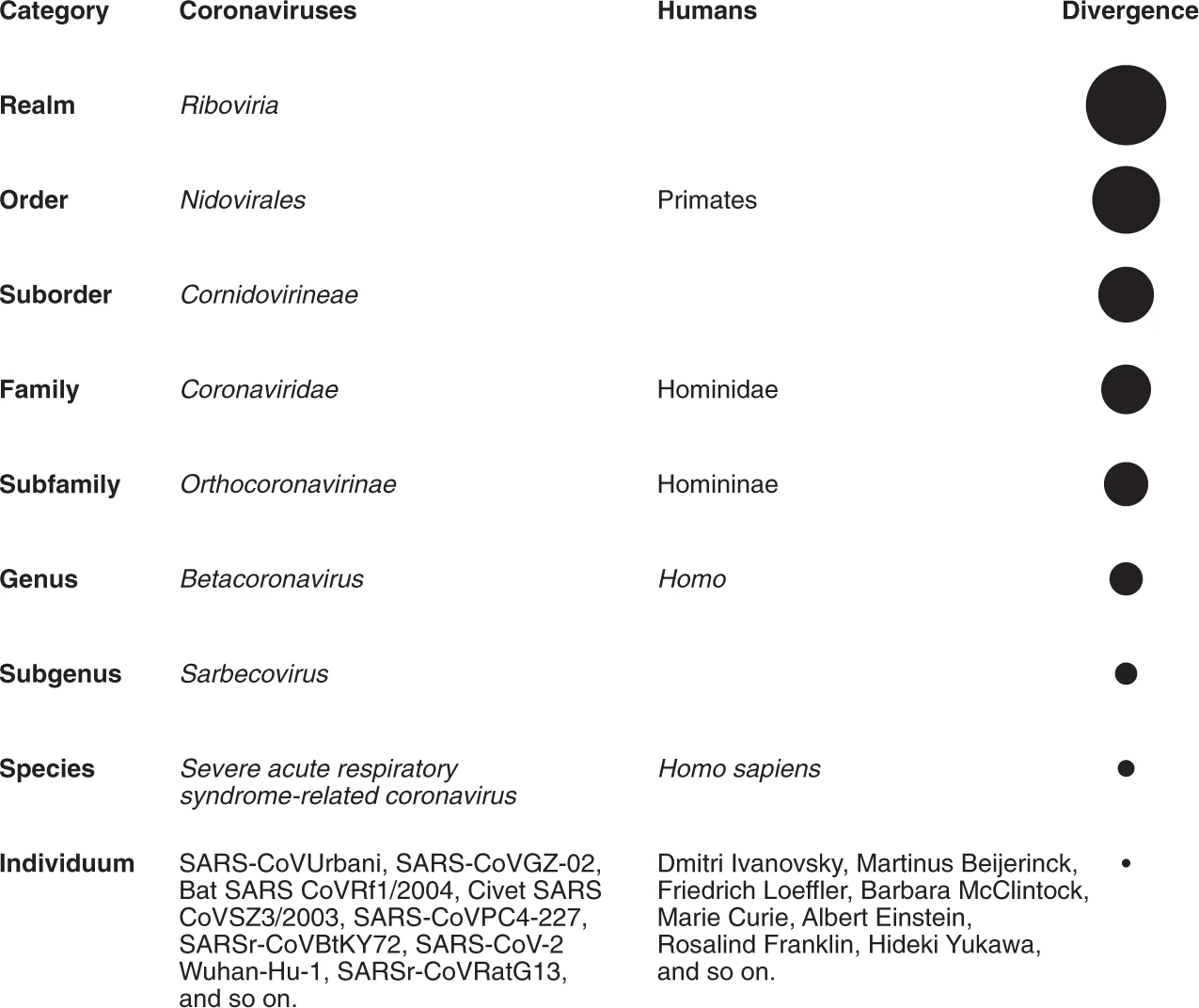@Dwazza Gunnar Solskjær
A small caveat is that I work with bacteria not viruses, but I think the same principles apply.
The way we do genetic changes is to target a particuar region of the genome and replace it. This could be an entire gene or a single letter at one position. Natural selection does not work like that.
During normal propogation of any species, there are random changes at random positions throughout the genome. Most of them don't stick - some are harmful, others have no fitness effect but simply disappear during random sampling to form the next generation. For this, imagine if a virus with some mutations that have no effect on its activity infected someone living totally alone. After that person fully recovers or dies that strain of the virus never gets a chance to spread, and that particular mutational strain vanishes. The same vanishing can happen for many many reasons.
Some of the mutations do stick - again, due to random sampling to form the next generation (say, a particular strain happens to infect a super-spreader), these become widespread. The rarest of mutations involve those that do impact the function of the virus in a positive way. This beneficial mutation at that same spot coud possibly be generated artificially in a lab studying the virus.
But because in natural evolution there are mutations everywhere compared to what you started with, this final extra-virulent virus will not resemble a lab strain, which will have only the mutation under study. In fact, if we study a particular mutation and accidentally create more mutations elsewhere, the study becomes invalid since we can't say for sure which mutation is doing what.
Because we know the background rate of mutations per generation and we know roughly how many generations per year, we have a rough estimate of how much the total number of mutations should be. That's how that professor was able to give an estimate of 50 years.
I hope this makes sense!





